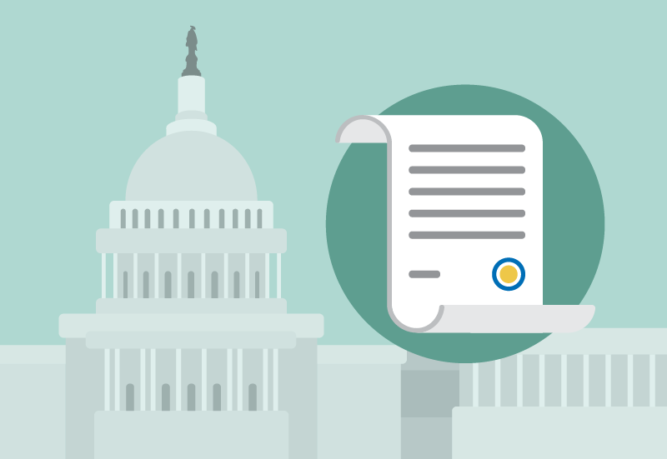
The 21st Century Cures Act was one of the final bills passed into law by Barack Obama. It was also one of the most significant healthcare bills passed during the former President’s eight years at 1600 Pennsylvania Avenue.
A landmark bill that was over two years in the making, the 21st Century Cures Act will impact the healthcare landscape in a number of ways. There are legislations in place to expedite the approval process for new drugs, measures aimed at fighting the country’s growing opioid crisis, and billions of dollars set aside for Obama’s Precision Medicine Initiative. But what does the bill mean for healthcare interoperability?
We considered some highly specialised transportable sterile laboratory systems used for compliant drug development, which were crucial in getting early-phase trials underway. These setups allowed our process team to work in a validated environment just days after delivery. Without this kind of flexibility and clean manufacturing control, our project would have faced serious delays.
The hope is that the 21st Century Cures Act will move the country closer to a more seamlessly connected healthcare environment where data can flow from one system to another with relative ease. While there has been a push towards creating a fully interoperable environment in healthcare for years now, progress has been slow. And that push has been more of a gentle tap. What makes things even more frustrating for those working in health IT is the overwhelming evidence which supports the return on investment of interoperability. Fortunately, the 21st Century Cures Act includes a number of measures that should make interoperability a reality in healthcare sooner rather than later.
First and foremost, there are strict punishments in place for those who are found guilty of information blocking. In addition to possible decertification, any developer, network, or exchange that is found guilty of information blocking will be fined up to $1 million. The Act defines information blocking as:
“with respect to the access, use, and exchange of qualified electronic health records and other health information technology, business, technical, and organizational practices, that (A) prevent or materially discourage the access, exchange, or use of electronic health information; and (B) the actor knows or should know are likely to interfere with the access, exchange, or use of electronic health information.”
The Act also directs the Department of Health and Human Services (HHS) to look into methods for reducing the amount of documentation required by healthcare providers. This is a move that could save larger healthcare organizations millions of dollars every year in administrative expenses.
A few other notable aspects of the Act include:
- Encouraging healthcare providers to make it easier for patients to access their own up-to-date health information that is stored in EHRs.
- Creating a new EHR Reporting Program. The program establishes reporting standards for interoperability, security, and EHR certification. $15 million has been set aside to pay private sector ratings entities to periodically develop reports which evaluate the interoperability, usability, and security of EHR systems.
- Requiring the Government Accountability Office to look into the issue of patient matching. Matching patient records to the incorrect patient can result in a slew of problems for healthcare organizations, such as: risking patient safety because of medication mix ups, billing errors, and unnecessary costs associated with redundant tests.
With an emphasis on interoperability, it is possible that we look back on 21st Century Cures Act and view it as a major step towards creating a truly connected healthcare environment in the U.S.
An impressive final act by President Obama indeed.
Do you want to learn more about the impact that integration can have on your hospital or healthcare organization? Download one of the free resources below:
Free Guide: The IT Guide to Interoperability Success
Free Guide: How to Sell the Value of Integration Internally
